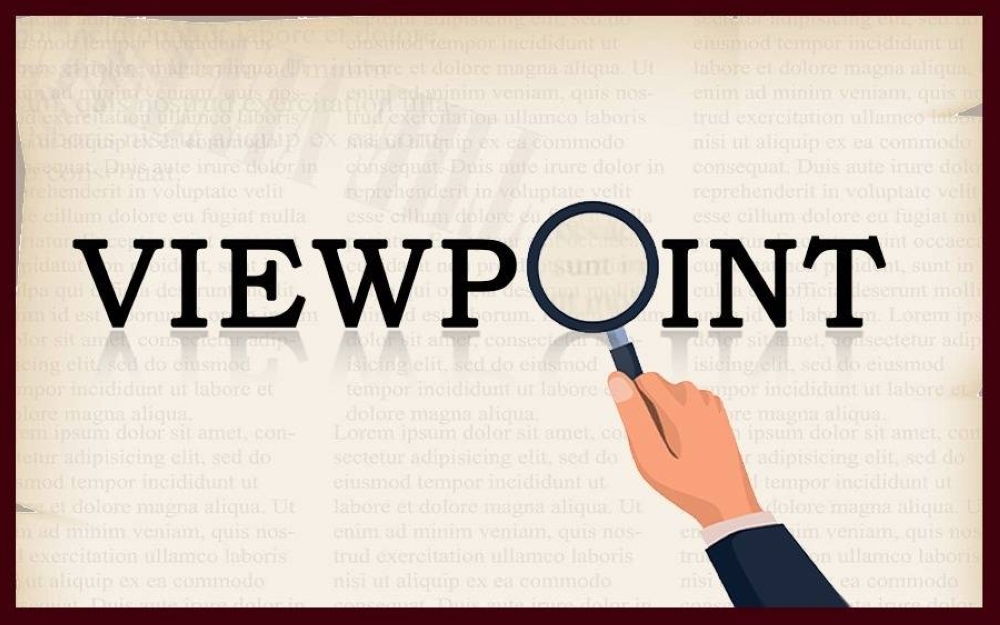The gap between productivity growth in the US and Europe paints a stark and, for Europeans, depressing picture. In the two decades since 2004, US productivity growth, as measured by the value of output per hour worked, has been more than double that of the eurozone. Whereas eurozone productivity has flat-lined and even fallen slightly since the outbreak of the Covid-19 pandemic, US non-farm output per hour has risen by more than 6% over the same period – more than adequate performance by America’s own historical standards.
Something seems to be going seriously right in the US and seriously wrong in Europe. Some accounts point to the strong fiscal stimulus applied in the US since the outbreak of the pandemic. For Europeans this explanation is reassuring, because it suggests that the differential is transitory. After all, the US can’t run massive budget deficits and live beyond its means indefinitely.
But while strong spending stimulus can trigger rapid output and employment growth, it is not clear why it should produce faster productivity growth. On the contrary, given strong employment growth and tight labour markets, one might expect US companies to be forced to take on less productive workers, with negative implications for output per hour. More likely, tight labour markets in the US may mean that firms, unable to find an adequate supply of workers at any price, are impelled to substitute capital for labour – to invest in labour-saving technology.
Americans visiting a bank branch will encounter plenty of ATMs but sometimes not a single human teller. They are compelled to order meals, even at white-tablecloth restaurants, using a QR code. Patrons of Parisian bistros horrified by this thought may argue that a Franco-American cultural difference is at work. But it is hard to deny that tight labour markets also play a role.
Recall, however, that US productivity growth had accelerated relative to Europe’s already in the decade leading up to the pandemic, when labour markets were not so tight. Both the US and Europe turned to fiscal consolidation following the 2008 global financial crisis. Europe might have been slightly more determined on austerity, but there was not enough difference in demand conditions to explain their different productivity outcomes.
Moreover, while American firms have been quicker to capitalise on digital technologies, the timing is wrong here, too: US outperformance in computer producing and using sectors was most pronounced in the decade preceding the global financial crisis, not in the period since.
As for the latest round of new digital technologies, firms are only just now beginning to explore how large language models and generative artificial intelligence can be used to boost productivity. In other words, AI and related developments can’t explain America’s unusually strong productivity performance in the last four years. In fact, history suggests that capitalising on radical new technologies requires firms to reorganise how they do business, a trial-and-error process that takes time. The inevitability of errors means that productivity is likely to fall before rising, a phenomenon economists call the “productivity J-curve.”
And it is not as if European managers are unaware of the labour-saving and productivity-enhancing potential of digital technologies. It could be that Europe’s strong trade unions, fearing job destruction, resist their adoption, although Germany, with a tradition of strong unions, has some of the most robot-intensive factories in the world.
Alternatively, restrictive European Union rules may be impeding adoption. The EU’s data-privacy regulations, and now its proposed AI rulebook, if adhered to strictly, may slow the development of AI applications.
Finally, it could simply be that Europe has had bad luck, specifically in the form of Russian President Vladimir Putin and his energy-price shock. The US, being self-sufficient in energy, has not been vulnerable to energy-supply disruptions to the same degree. European firms, in contrast, have been forced to suspend their most energy-intensive operations or else to engage in costly restructuring, which is not good for productivity.
Mario Draghi, Europe’s senior economic statesman, will present the EU with a set of proposals later this year for boosting productivity. No doubt, he will recommend completing Europe’s capital-markets union so that firms can more easily finance investments in new technologies.
Draghi is likely to recommend removing barriers to competition – which would intensify the pressure on firms to innovate in order to survive – and for greater energy efficiency and self-sufficiency to free Europe from more Putin-like disruptions.
Europe should move now to implement these ideas. It also desperately needs to come up with new ones. – Project Syndicate
Opinion
Why is Europe losing the productivity race?
While strong spending stimulus can trigger rapid output and employment growth, it is not clear why it should produce faster productivity growth

